A Madrasa and A Mahavihara
#madrasa #nalanda



Though Bidar goes back in time to ancient Hindu kingdoms of Satavahans, Chalukyas and Rashtrakutas, it now boasts of the glory of Bahmani kingdom of the 14th century. Muhammed-bin-Tughluq, the Crazy One, moved his Sultanate from Delhi to Devagiri, and back. The munsabdars he left in the Deccan, rebelled against him after a while and Sultan Ala-ud-Din Bahman Shah established the Bahamani kingdom. Their first capital was Gulbarga, now officially known as Kalaburgi. Sultan Ahmad Shah shifted his capital from Gulbarga to Bidar in the 15th century and the recent history of Bidar started from that time.
Bidar is only about 150 km north-west from Hyderabad and well connected by road. If you are lucky enough to dodge the Hyderabad traffic, reaching Bidar will not take more than 3 hours. As you enter, the old city atmosphere enfolds you – narrow dusty congested streets, old buildings, small shops, street corner peddlers, cows, dogs and burkha-clad women. Muslim history is written all over. Most of the people seem to be Muslims and so are the names of the shops and eating places around you.
As I drove towards the central part, an imposing and graceful broken down building attracted my attention. This is the famous Madrasa of Khwaja Mahmud Gawan, who was the Prime Minister or Vizier of the Bahmani dynasty for two decades in the middle of the 15th century. He was born as Khwaja Mahmud Gilani in the village of Gawan in Persia. A Storehouse of Wisdom, he served successive Sultans of Bahmani dynasty. A capable administrator in time of peace and a competent general on battle field, he was also a poet, a mathematician and a prose writer of repute. Being a learned man himself, he established this Madrasa where at one time up to 1000 resident students could be supported to pursue studies in theology, philosophy, mathematics, Arabic and Persian. The library could boast of 3000 books.
The architecture of the Madrasa resembles that of Central Asia. Only the north-east minaret is still standing. The façade was once covered with Persian styled green, blue and white glazed tiles. The building had three stories. Domes on the top are typical of Indo-Islamic and Deccani architecture.
Beyond the half-moon structure around the open space, entry is restricted. The three-storied building has arches typical of Muslim architecture in India. Once you walk inside the cavernous halls, the grandeur of the building settles on you. Though the left side has crumbled down, one strong pillar still stands, supporting the massive ceiling. The filigree work in the brick walls are still as exquisite as ever. Although the front walls have succumbed to time and the stairs to the upper floors are gone, the imposing structure still stands. In fact, it gives you a cross-sectional slice of all three floors together.
Mahmud Gawan was murdered as a result of a Court conspiracy. The Bahmani Sultanate was Shia whereas the Mughal Emperors were Sunni Muslims. Bahmani kingdom was conquered by Aurangzeb when he was the Viceroy of Shah Jahan in the Deccan. In 1696 when the Mughal army occupied the Madrasa, an accidental gunpowder explosion damaged the building beyond repair. Possibly that was also the end of those 3000 books in the library.
For some strange reason the Madrasa reminded me of Nalanda. Most likely with the Nalanda Mahavihara, the institutionalized learning started in India. Under strict disciplines, students were taught religion, philosophy, logic, grammar, even architecture and medicine. One huge campus, free lodging, boarding, and amenities for thousands of teachers and students — all supported by royal donations and land grants. Close to 200 villages around the ancient university supplied food to the residents. In addition to royal patronage, merchants and rich people donated generously so that pursuit of knowledge can progress unhampered. It is not recorded anywhere, that the generosity had any strings attached, nor that the kings expected that the Mahasthavira would act as a chattel for them. Only the most eminent scholars would occupy the post of the top administrator.
The library of Nalanda could have been the envy of any national library. Three huge buildings, Ratnasagara, Ratnadadhi and Ratnaranjaka housed thousands of books, many of them specialized and rare sacred works. When a huge fire destroyed Nalanda, many books must have been destroyed. Muhammad Bhakhtiyār Khalji’s invasion of Bihar ruined this ancient centre of education. That was early thirteenth century, within 300 years of which the Mahmud Gawan Madrasa was established far away from this centre, but with much the same intention. In medieval India, there was no highly acclaimed seat of learning, that is known to us. Among that darkness, individual efforts, like this one, probably acted as small dimming beacons.
Comments
Two different seats of learning
Very nicely narrated and informative too. Excellent photography.
Mamata Dasgupta
20-08-2020 12:12:43
Reply here

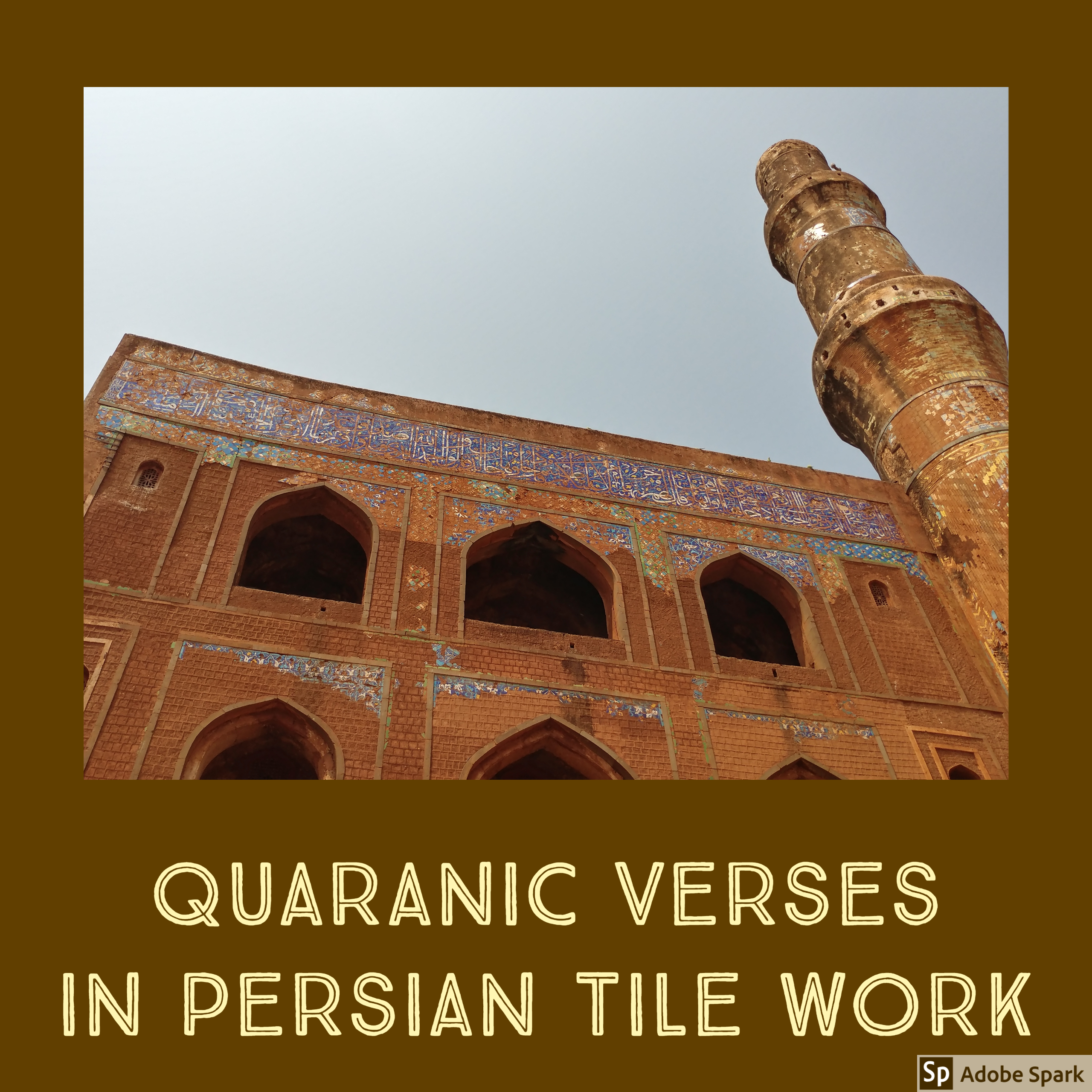
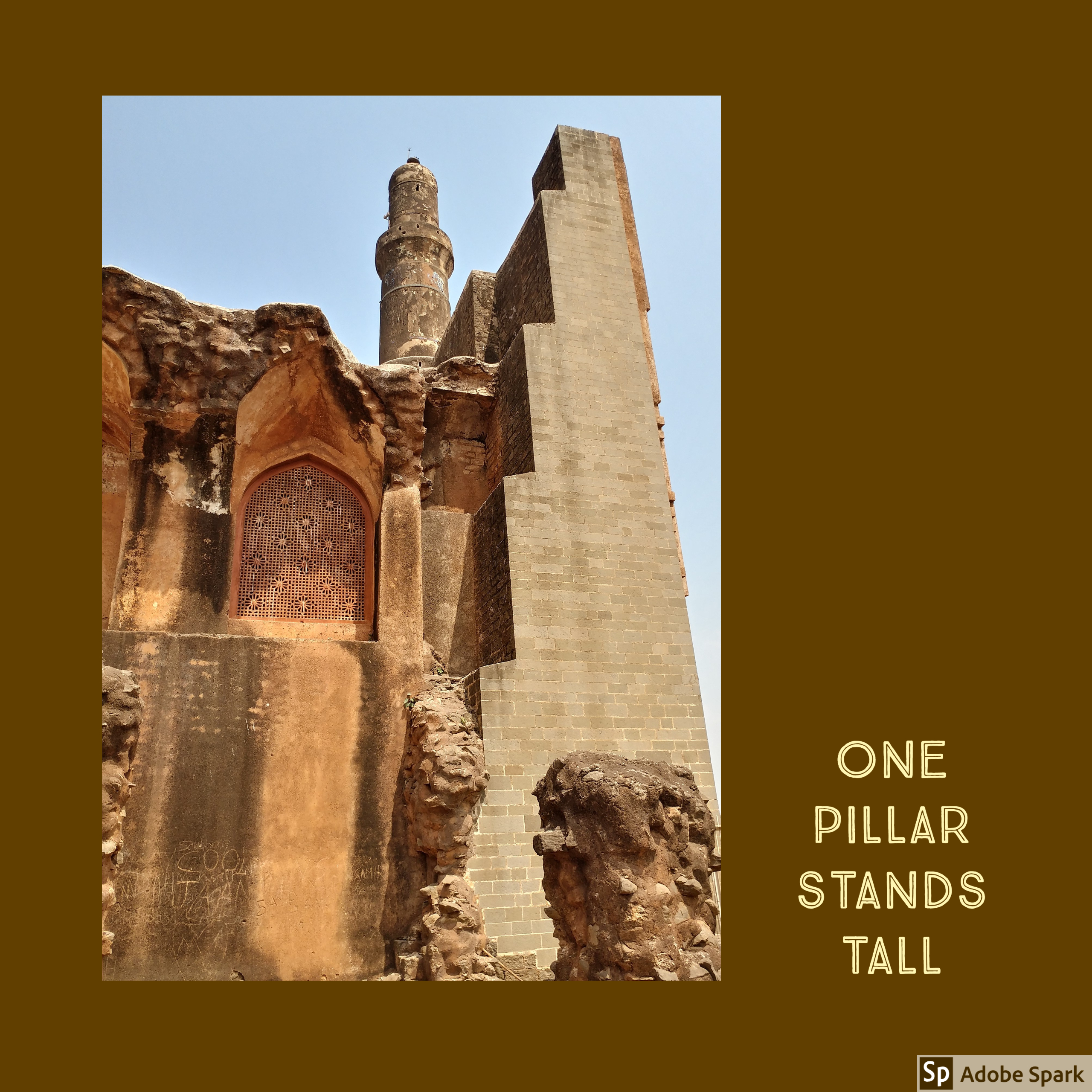
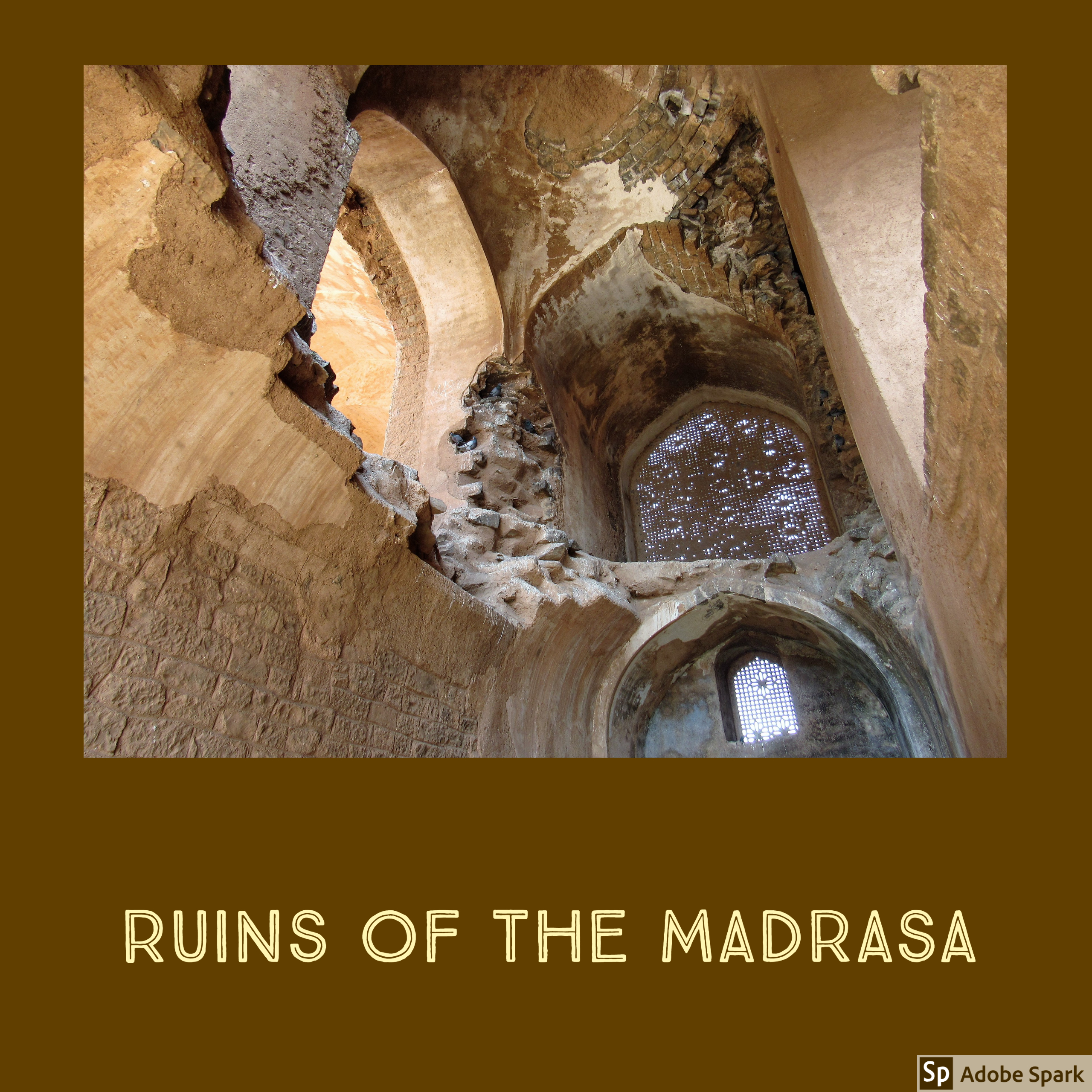
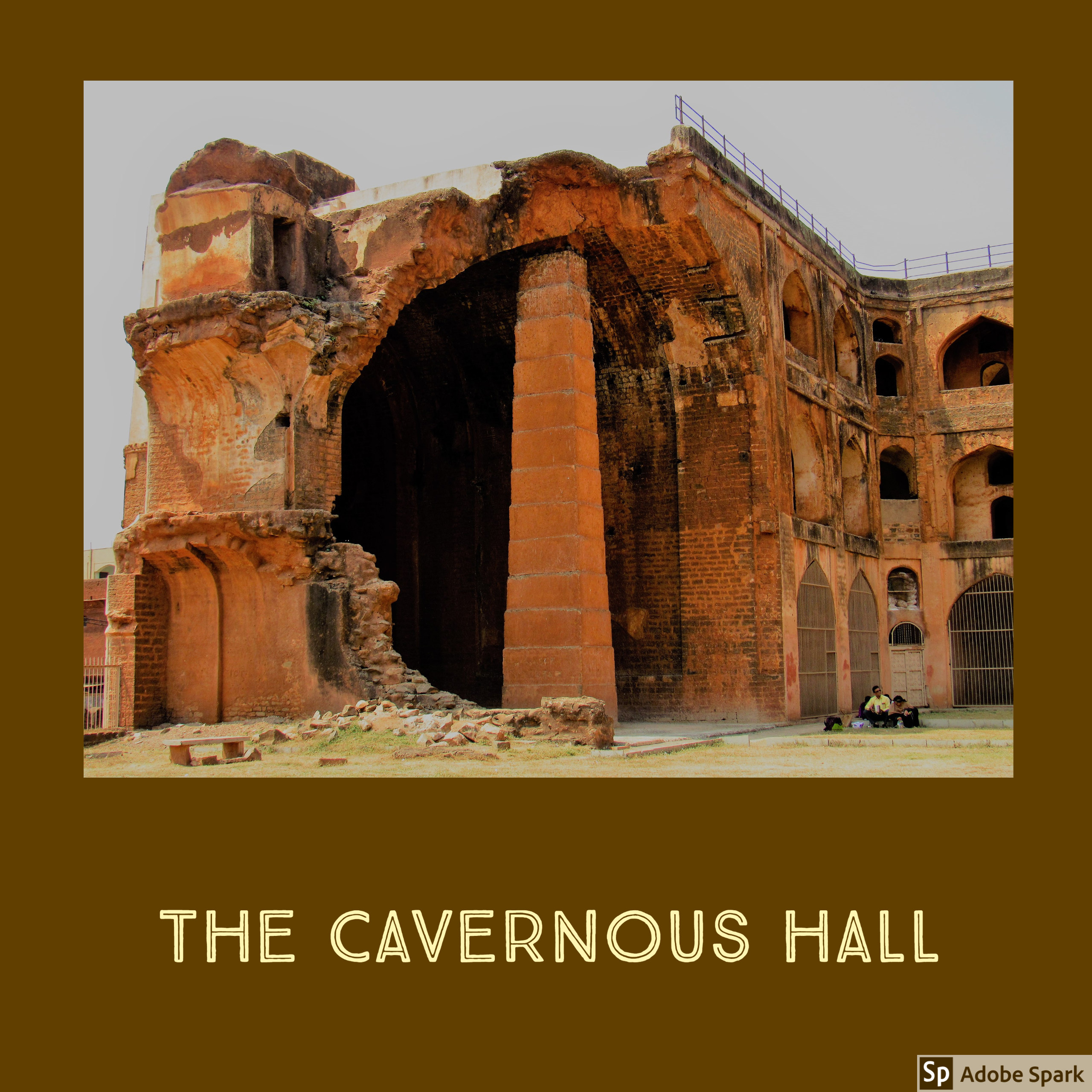
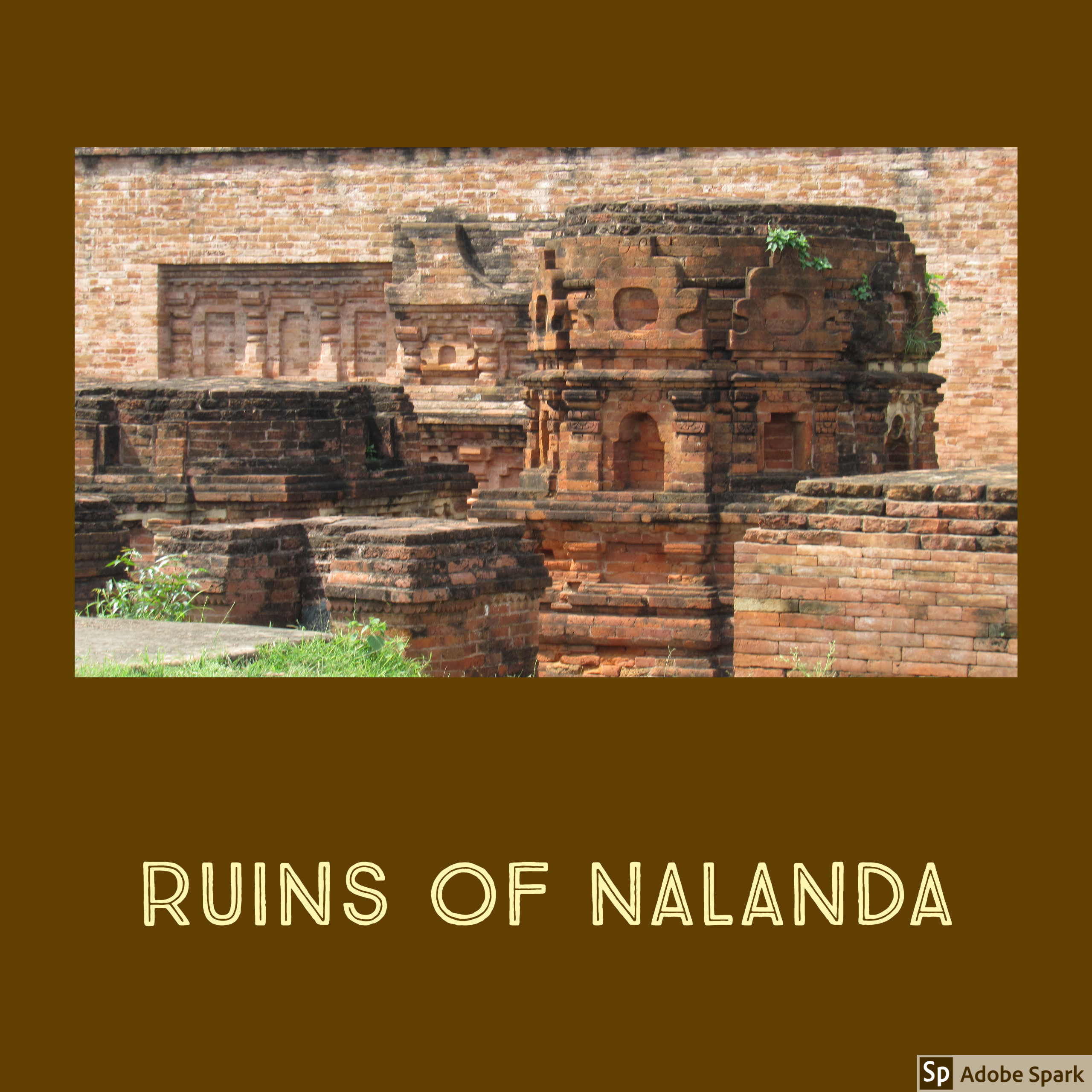
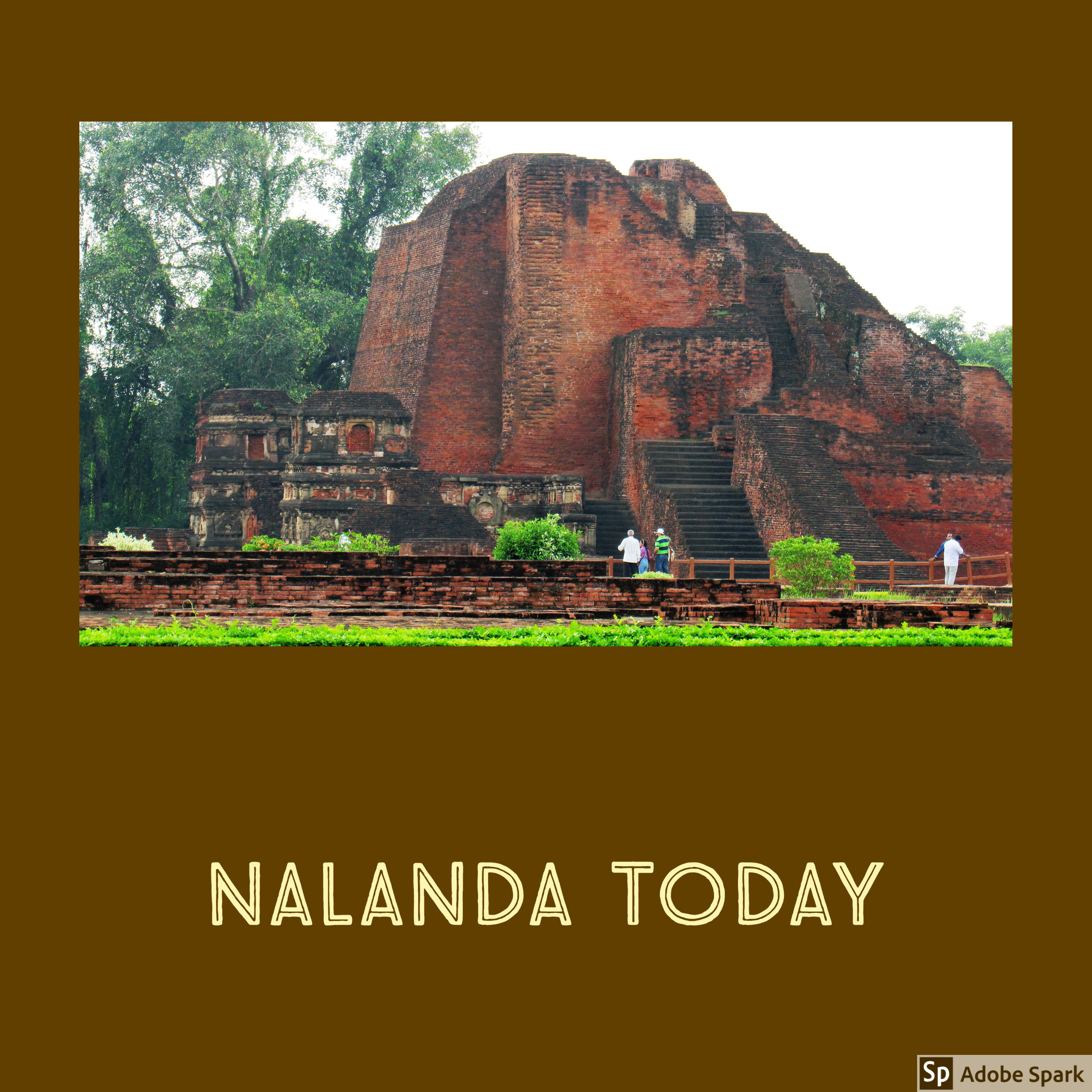



Two different seats of learning
Nicely correlated
Soma
20-08-2020 02:52:48